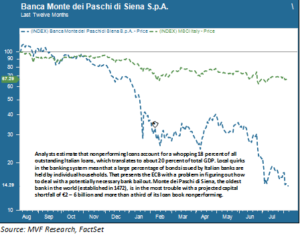The term ‘highlevel pricing ’ is often used in business circles to refer to the process of setting up a pricing structure for goods and services. When it comes to effective financial management, having an established highlevel pricing strategy is essential for businesses that want to stay competitive and profitable. This article will explore what highlevel pricing is, why it is important, and how it can be implemented in a successful way.

What Is Highlevel Pricing?
Highlevel pricing refers to the approach of setting prices based on factors such as competition, customer demand, market trends, cost of production and distribution, perceived value of the product or service, and profits needed to make a return on investment. Prices are set at different levels to maximize profit while still taking into account the other elements mentioned above. The end goal of highlevel pricing is to enable businesses to generate sufficient returns on their investments and remain competitive in the marketplace.
Benefits of Highlevel Pricing
Businesses that use highlevel pricing strategies can gain a variety of benefits. First, they can pinpoint exact profit margins and calculate the amount of money they need to earn to break-even. Establishing realistic goals and objectives in this way makes it easier to budget properly and better manage costs. Additionally, with highlevel pricing, businesses can adjust their prices according to changing market conditions, allowing them to remain competitive and capitalize on any available opportunity.
Tips for Implementing Highlevel Pricing Strategies
When implementing a high-level pricing strategy, there are a few tips to keep in mind. First, it’s important to understand your customers and their purchasing patterns. Careful evaluation of customer spending habits can help inform your pricing decisions. Additionally, it’s important to consider market trends and competitor prices when setting your own prices. By researching similar products and services, businesses can get an idea of what kind of price points will be best for their offerings.
It’s also important to consider seasonality. Seasonal variations can have a huge impact on pricing and should be taken into account. For example, during a busy period, prices may need to be set higher to accommodate for the increase in demand. On the other hand, prices may need to be dropped during a slower period to attract more customers.
Utilizing Technology to Automate Highlevel Pricing Processes
In recent years, technological innovations have enabled businesses to automate certain aspects of their highlevel pricing strategies. Tools such as data automation and predictive analytics can be used to monitor customer buying patterns and predict future demand, allowing businesses to anticipate changes in their pricing structures ahead of time. Similarly, artificial intelligence can be used to calculate optimal prices and intelligently adjust them based on ever-changing market dynamics.
Highlevel Pricing Best Practices
For businesses looking to ensure success with their highlevel pricing strategies, there are some best practices to follow. First, it’s important to regularly review and adjust your pricing as needed. Additionally, businesses should strive to create a balance between profit and value; if prices are too low, you won’t make enough money, and if they’re too high, customers won’t find them attractive. Lastly, businesses should maintain accurate records of their pricing strategies and evaluate them periodically to see which strategies are working and which need to be adjusted.
Highlevel pricing is an essential component of any successful business operation. By understanding what highlevel pricing is, why it’s important, and how it can be implemented, businesses can secure the most efficient and profitable pricing structures for their products and services. With careful consideration and strategic execution of pricing strategies, businesses can not only ensure short-term success but can also optimize their long-term profitability.
